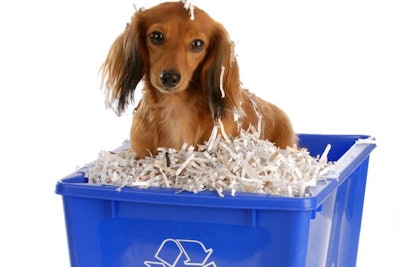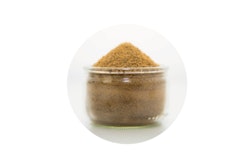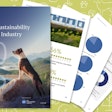
Kemin Industries operations emissions stand at approximately 59,910 US tons (54,350 metric tons) of carbon dioxide equivalents annually. However, in November, the pet food ingredient supplier pledged to reduce that number to zero by 2050. Along with an ongoing inventory of the company’s own annual carbon emissions, Kemin has begun paying attention to the rest of its value chain.
“We expect this area to hold the majority of Kemin’s emissions and reduction opportunities,” Lauren M.G. Burt, head of worldwide communications for Kemin Industries, said. She answered these questions about how the dog, cat and other pet food company plans to go carbon neutral.
Q: What aspects of the ingredient production business are most responsible for GHG emissions? Are certain ingredients more energy-intensive to produce than others?
Globally, Kemin is looking across our entire business to discover our biggest emission reduction opportunities, both in value and supply chains. We want to deliver products to our customers that help them to reduce their emissions across energy-intense areas. We’ve seen a growing number of industry commitments in dairy, farming, aquaculture and pet food. We’re focused on trying to provide ingredients that help our customers address emissions in industries that have been historically emission intense, such as the global food supply chain.
Q: How will carbon sequestration be involved in Kemin’s plan?
Agriculture represents an important opportunity for Kemin to use sustainable farming practices for materials that go into our products. By using a sustainable agronomic growing approach for our specialty crops certified as Sustainably Grown by SCS Global Services, we can lessen our impact by promoting soil carbon conservation and other regenerative practices.
Q: What are Kemin’s goals for the next decade for reducing GHG and other pollution production?
Kemin is activity working on our strategic GHG reduction road map that will contain milestones for 2025, 2030 and 2040 to advance our efforts in achieving our net zero goal by 2050. We’ve kick-started our reduction goals by installing and producing solar energy at Kemin locations around the world, from Des Moines, Iowa, to China, an investment and strong step toward Kemin’s transformation to clean energy and lowering operational emissions.
Q: How are Kemin’s employees encouraged to make changes at home to reduce resource use and pollution?
With the increased adaption of virtual learning during the pandemic, we’ve hosted global webinars for our team members to encourage them to learn more about measuring the carbon footprint of their households and examine ways to reduce it.
A popular focus of activities at our global campuses has been on the benefits that plants provide in our environment, and we’ve hosted tree plantings, tree giveaways and encourage employee gardens. Hands-on webinars for team members, their families and children have introduced the science of composting and ways to reduce waste around the home. We will continue to increase our employee engagement and education around sustainability as we move forward with our net zero 2050 goals.

















